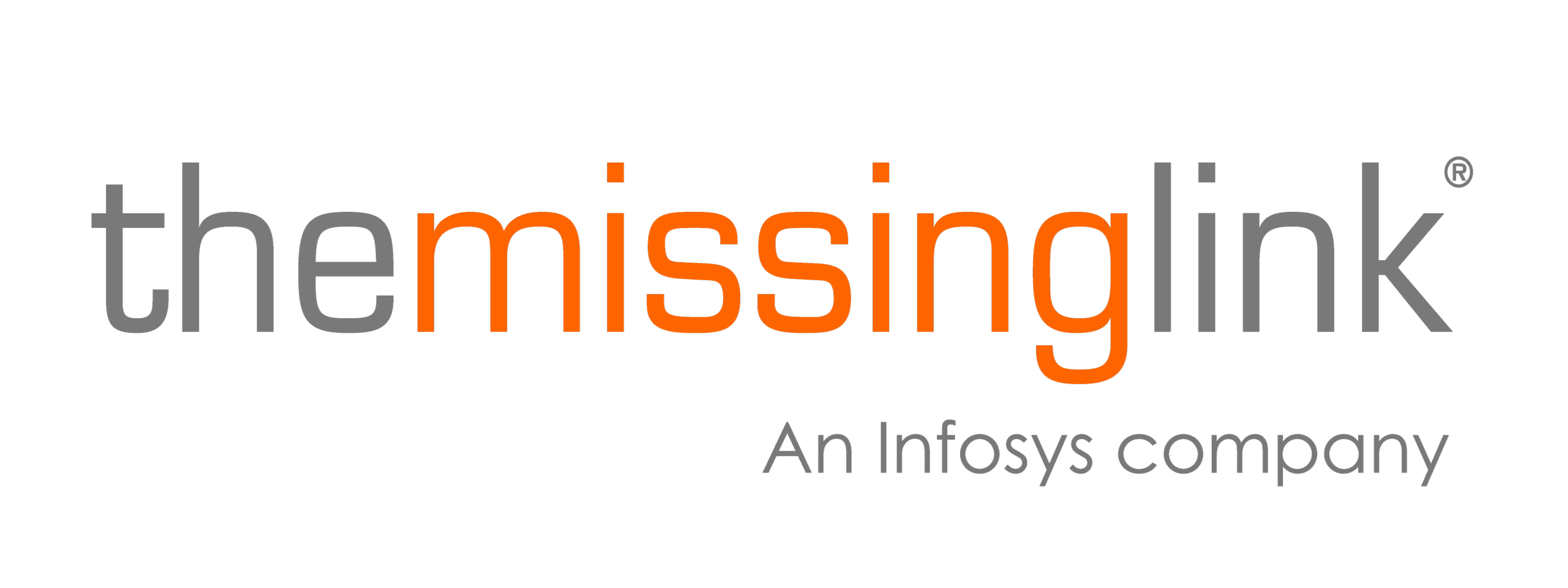Technology might hold the answer to current HR challenges. It’s called robotic process automation (RPA), and here’s everything you need to know to determine whether it’s right for your organisation.
The role of RPA in the workplace
Digital workers (aka software robots) built with RPA, are one of the fastest-growing global markets in the software industry — and for good reason. Harnessed correctly, they can drastically improve efficiency and both employee and customer satisfaction.
RPA is a technology used to develop software robots which mimic the back-office duties of humans as they interact with software. You can define a set of instructions and tasks for them to complete. Software robots can perform a wide range of actions usually done by humans much faster and more accurately.
Software robots can navigate systems, identify data, extract data, understand what is on a screen, complete the correct keystrokes, and much more. And, since they are robots, they don’t need lunch breaks, vacation days, or sick days. They do all the mundane tasks so your employees won’t have to.
McKinsey says: “We estimate that for 60 per cent of existing US jobs, 30 per cent or more of current work activities can be automated by with [sic] available or announced technologies.”
If you alleviate 30 per cent of a team member’s unnecessary workload, you free up this time for them to do more productive work. Plus, you have gained a third of a worker who is already familiar with your systems, processes, and people.
Automation and HR
Thirty per cent might seem like a substantial number, but the proof is in the pudding. Let’s take the example of an HR employee to illustrate. The types of tasks that fall into the “automatable” 30 per cent are ones that relate to recruitment, onboarding and offboarding, and payroll administration.
An automated solution for these tasks could look like this:
- Recruitment – sourcing, tracking, and hiring the best candidates using automated CV scanning and shortlisting, employee history verification, and offer letter generation.
- Onboarding and offboarding – saving up to 40 minutes of time per user for onboarding and offboarding*.
- Payroll – getting payroll right, even with different employee types (full-time, contract, part-time), applicable award rates, changing parameters (e.g. out-of-cycle pay increases, award-rate changes), and employees joining and leaving. While it is a tedious process, it follows a set of rules which bots can do, ensuring your people are paid correctly, removing the need for HR to check numbers and calculations.
- Employee data management – allowing HR employees to focus on the human aspect by handling all of the day-to-day manual tasks of maintaining employee data across systems.
A bot can handle these processes, helping HR employees focus on the parts of their role that add the most value, for example interviewing, facilitating performance reviews, and studying exit interview data.
The way forward
So, what’s next? There are a few steps you can take to ease your automation journey:
- Awareness training. Identify what is possible, and how you can achieve your ultimate vision within these possibilities with some formalised training.
- Select processes to automate. The most suitable processes to automate using RPA are rules-based, repetitive, completed electronically and involve lots of data.
- Stakeholder engagement. Get leadership and your immediate team involved in designing and managing the solution. This way, you can ensure you have the people and resources in place to drive your strategy well after your first project.
- Use experts. You don’t need to go it alone. Engage a consultant or managed service provider to help you understand where automation fits into your organisation and help implement it correctly.
Automation has immense potential beyond the HR department and can transform the way organisations operate by being part of your future workforce.
Now is the time to automate repetitive tasks, speed up company growth, and save money — all while addressing productivity challenges. All you need to do is seize the opportunity; it’s within reach.
*Average time saving achieved by The Missing Link’s automated internal offboarding and onboarding solution.
This article was originally featured on 21 December 2022 in HR Leader.
